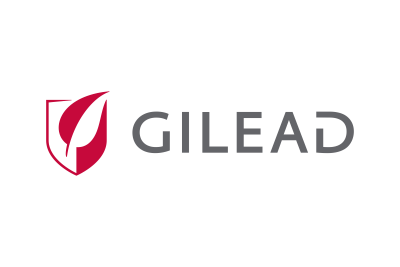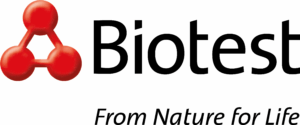Solid organ and hematopoietic stem cell transplantation represents one of the most significant advances in medicine in the last 60 years. This field has evolved from the pioneering phase to the current one, which can fully be considered a routine, life-saving, reliable, and cost-effective therapeutic option when compared to alternative treatments for both acute and chronic end-stage organ diseases.
What makes transplantation a daily practice is significantly contributed by progress in the development of new and powerful immunosuppressive drugs that are currently available or in advanced stages of experimentation. However, we are also witnessing an increasing circulation of infectious agents resistant even to the latest antimicrobial drugs, making the issue increasingly complex. Despite significant progress, infectious complications that occur after transplantation continue to be a major cause of morbidity and frequent hospitalization, both in the short and long term.
To discuss the latest advances in the field of transplant infectious diseases, the ninth edition of the International Congress on Infections and Transplantation is taking place in Varese.
In this edition, in addition to the topics related to infections in solid organ transplantation, the characteristics of infections in patients undergoing hematopoietic stem cell transplantation will also be addressed. Patients undergoing hematopoietic stem cell transplantation have an infectious risk sometimes even higher than patients undergoing solid organ transplantation, especially regarding fungal and multi-drug resistant bacterial infections, not to mention the impact of some viral infections, particularly CMV and hepatitis viruses.
HIV infection, which is now chronic thanks to the availability of powerful antiretroviral drugs, is characterized by survival rates similar to those of age-matched individuals without HIV infection. Due to these advances, solid organ and hematopoietic stem cell transplantation in subjects with HIV infection with end-stage organ diseases or oncological and hematological pathologies is now a consolidated reality. The availability of new antiretroviral drugs with reduced toxicity and minimal pharmacological interference between antiretroviral therapies and immunosuppressive drugs opens up new prospects in this field.
The current availability of new antimicrobials with activity against bacterial, fungal, and viral agents makes it extremely important to specify the best prophylaxis and therapy strategies in order to preserve the effectiveness of these new molecules.
In addition, a session will be dedicated to emerging problems caused by both well-known viral agents or tropical origins that represent a new challenge for healthcare professionals.






